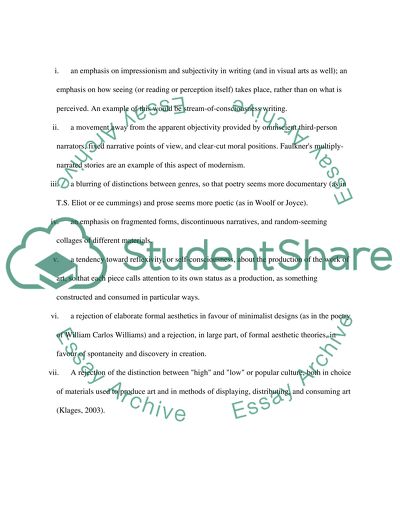Cite this document
(“Modernist and Postmodernist Fashion Designers Essay”, n.d.)
Modernist and Postmodernist Fashion Designers Essay. Retrieved from https://studentshare.org/visual-arts-film-studies/1523544-modernist-and-postmodernist-fashion-designers
Modernist and Postmodernist Fashion Designers Essay. Retrieved from https://studentshare.org/visual-arts-film-studies/1523544-modernist-and-postmodernist-fashion-designers
(Modernist and Postmodernist Fashion Designers Essay)
Modernist and Postmodernist Fashion Designers Essay. https://studentshare.org/visual-arts-film-studies/1523544-modernist-and-postmodernist-fashion-designers.
Modernist and Postmodernist Fashion Designers Essay. https://studentshare.org/visual-arts-film-studies/1523544-modernist-and-postmodernist-fashion-designers.
“Modernist and Postmodernist Fashion Designers Essay”, n.d. https://studentshare.org/visual-arts-film-studies/1523544-modernist-and-postmodernist-fashion-designers.


